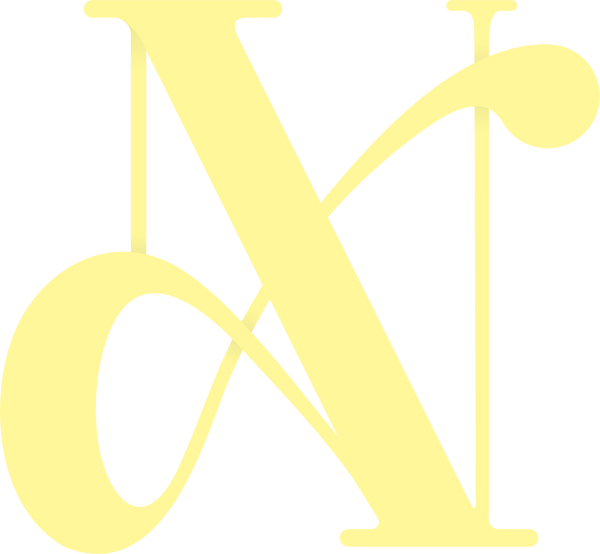Librairie Alexis Noqué
SKU:0351
Couldn't load pickup availability
CHAUMETON, Francois-Pierre ; CHAMBERET (de), Joseph ; POIRET, Jean-Louis-Marie. Flore médicale.
Paris: Panckoucke, 1814–1818.
Folio (455 × 300 mm). Six volumes. Vol. I: xii, 190 pp. (misnumbered 198), 60 plates (numbered 58); Vol. II: (3) ff., 222 pp., 57 plates (61–116); Vol. III: 256 pp., 60 plates (117–172); Vol. IV: 252 pp., 60 plates (173–231 bis); Vol. V: (1) f., 262 pp. (misnumbered 264), 60 plates (232–291); Vol. VI: 260 pp., 58 plates (292–349).
Contemporary red Bradel boards, smooth spines gilt with fillets, gilt lettering and volume numbers, uncut.
First edition, on large-paper vellum wove, and one of the rare folio copies.
The first edition of this monumental Flore médicale was printed in 2,000 octavo copies, 20 quarto copies, 5 folio copies, and 2 special folio copies on vellum skin, intended respectively for Louis XVIII and Francis I of Austria.
An exceptional copy with all plates in double state, hand-coloured and in bistre.
The 355 plates were drawn by Jean-François Turpin (1775–1840) and Ernestine Panckoucke (1784–1860). A pupil of Gérard van Spaendonck and later of Pierre-Joseph Redouté, Panckoucke executed several of the illustrations here; the remainder are by Turpin, the eminent botanical draughtsman responsible for many celebrated works, including the Flore parisienne.
François-Pierre Chaumeton, the principal figure behind the Flore médicale, provides here his magnum opus and wrote the Discours préliminaire. The work complements, through illustration, the 350 plants treated in the Dictionnaire des sciences médicales, published between 1812 and 1822 by the same publisher. Chaumeton directed the Dictionnaire project and authored numerous entries, yet it is with the Flore médicale that he completed the botanical component — his true passion, which he called the “science aimable”.
Each plant is described with scientific precision, the text facing the corresponding plate. Botanical structure is followed by a description of physical characteristics and medicinal properties, and occasionally by notes on other uses, such as in perfumery.
With Linnaean classification established as the norm by the late eighteenth century, the plates emphasise reproductive organs — stamens, pistils, ovaries — shown in highly detailed renderings. Fruits are systematically dissected to reveal seeds in cross-section. Turpin’s illustrations are characteristically executed a.l.l. (“à la loupe”), and the present copy adheres to this preferred intimate format. A notable exception — the only one known — with larger-format plates surfaced at Sotheby’s on 29 November 2023; that copy, also previously unrecorded, came from the same family collection as the present example and realised €152,400.
From Volume III onwards, Chaumeton was assisted by Jean-Louis-Marie Poiret (1755–1834) and Joseph Tyrbas de Chamberet (1779–1870), as his declining health eventually led to his death in 1819.
A superb set in contemporary Bradel bindings, remarkably fresh internally; only the bistre plate no. 111 is lacking.
References: Brunet I, 1826; Pritzel 1679; Dunthorne 78; Nissen 349; Great Flower Books, 53–54; British Museum (Natural History) I, 339; Mille et un livres botaniques de la collection Arpad Plesch, 176.
Share














































